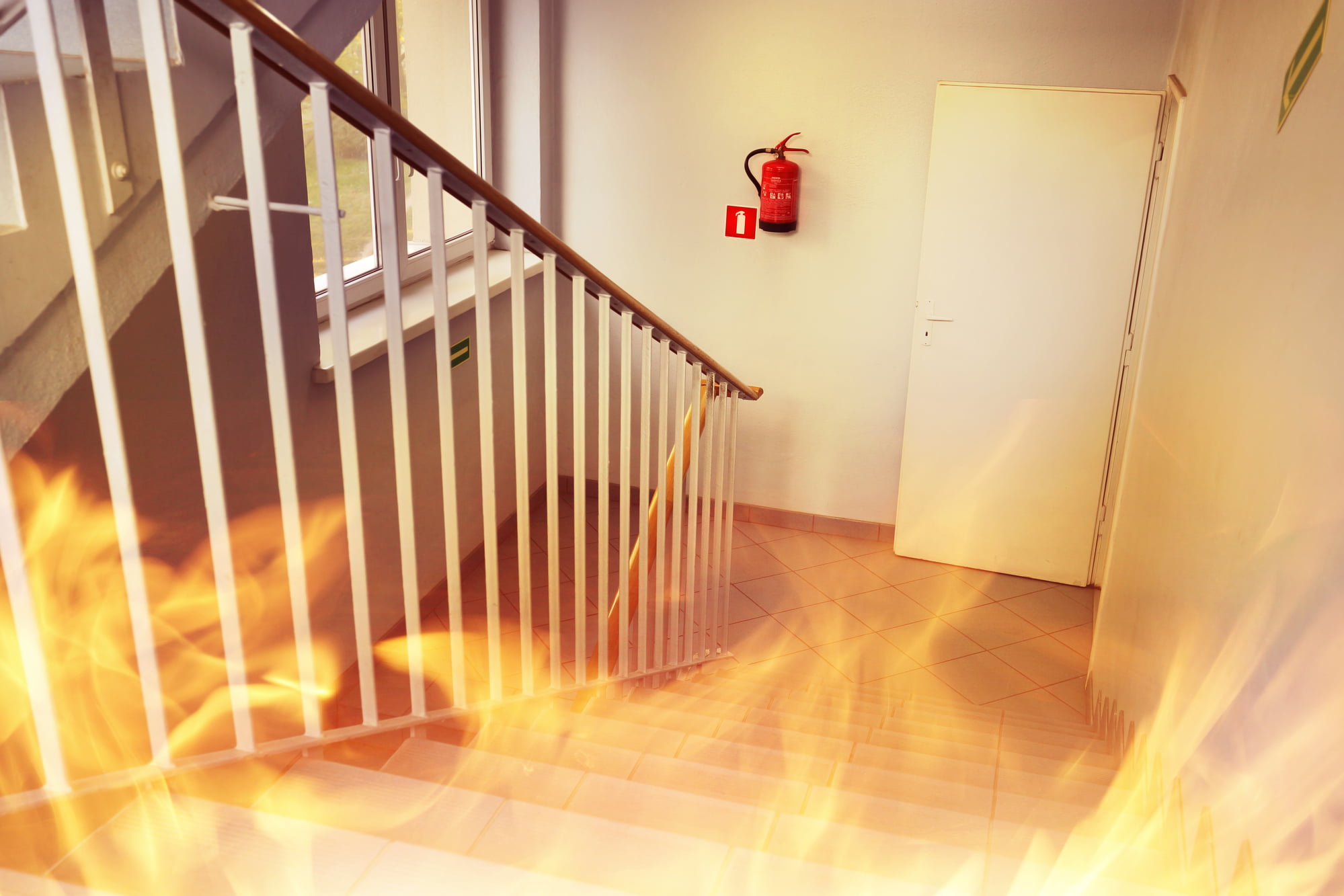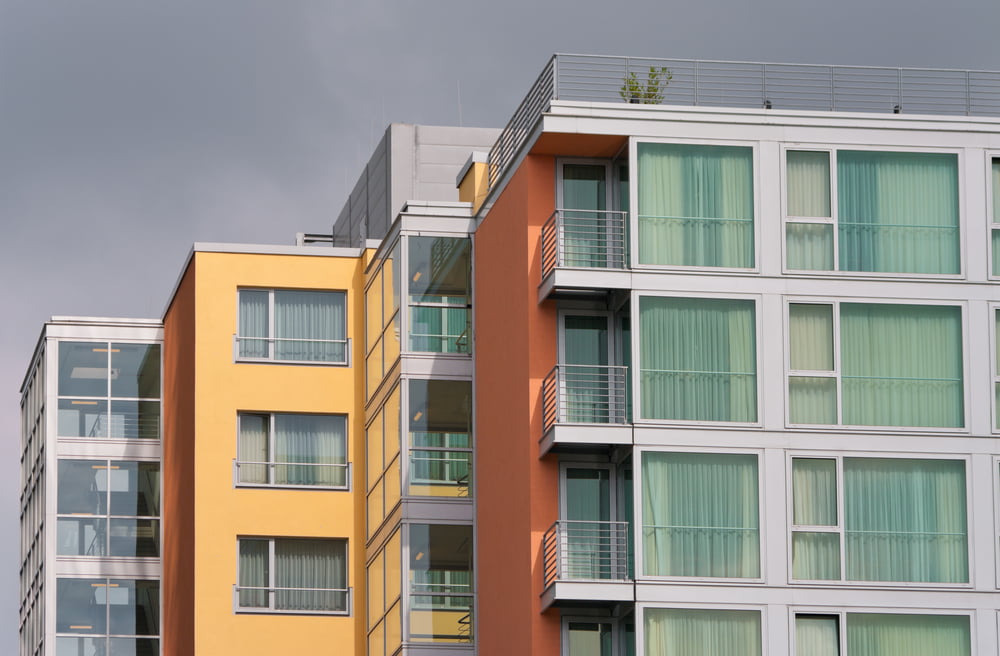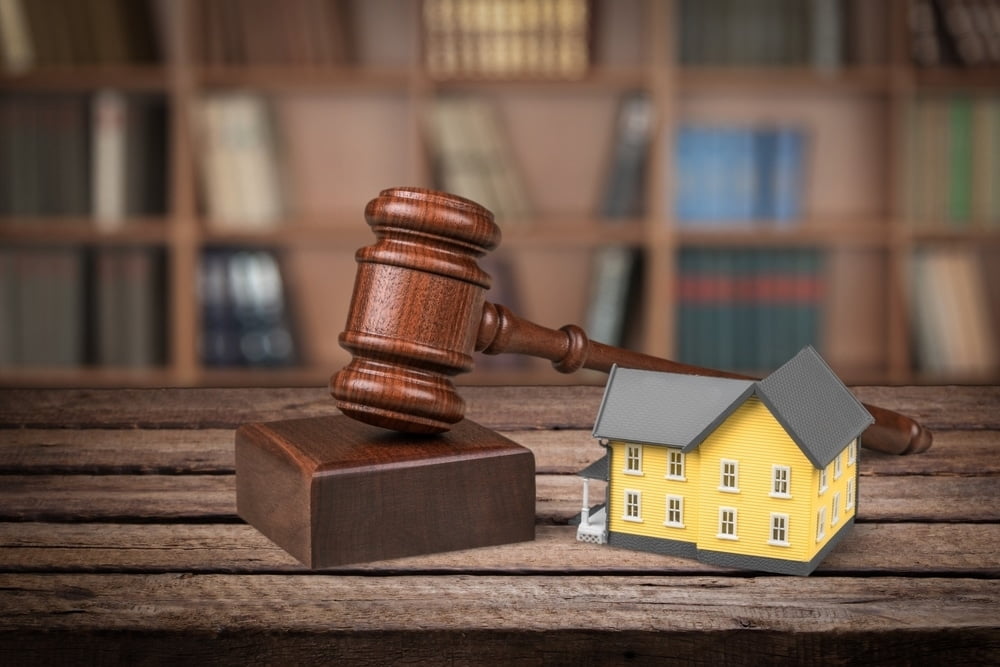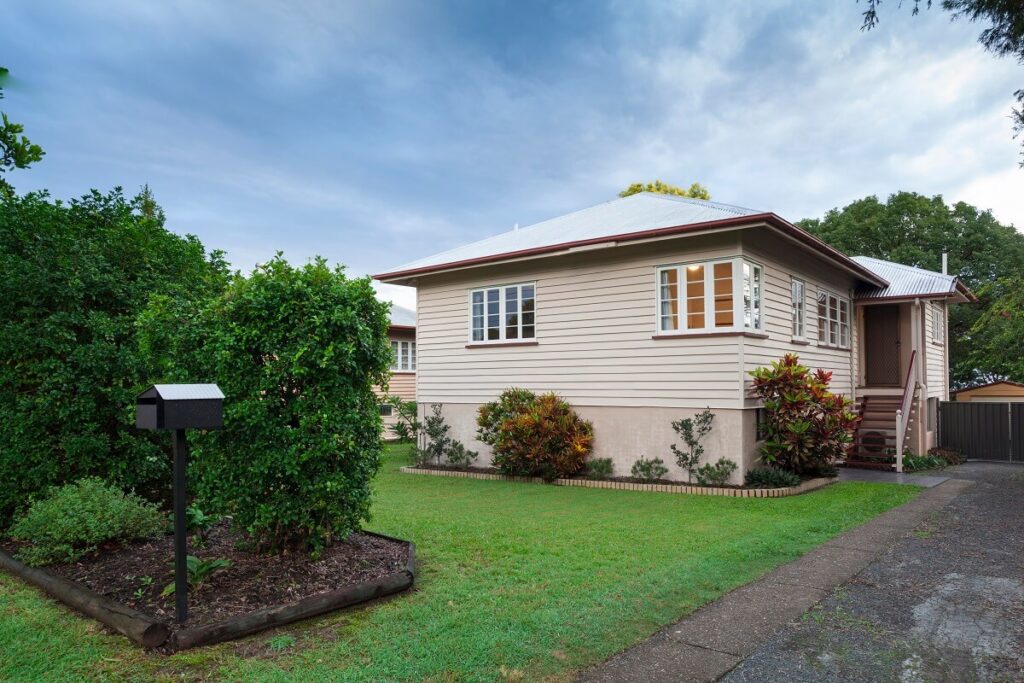When purchasing property for the purposes of commercial investment, the most important consideration will be the safety of your tenants. Ensuring your building is compliant with current Queensland and Australian regulations is essential. While it may be inconvenient to familiarise yourself with legislation, it is your responsibility as a landlord. Confirming that your new investment property is constructed out of appropriate materials, or that the emergency exit doors are fully functional and free from obstructions is now part of your responsibilities as a landlord (and preferably something that you establish well before investing). If you are unsure, you can always seek the advice of an expert before you buy, and definitely before you lease it out, here’s what you need to know about fire safety compliance…
What are the emergency exit door regulations in Australia?
In emergencies, Australian standards state that there must be at least one entry/exit point which can be used as a fire exit. This is pretty straightforward in a single storey detached building – the front and/or back doors of the building. For multi-storey apartment blocks, however, it’s a different case. Emergency exits should be in place on every level of the building, even the basement or underground parking if these are factors.
All doors and paths to the building exit must be clearly labelled as such, so that, in times of emergency, the path to the exit is clearly navigable. In multi-storey buildings, signs along hallways and above exit doors are not only useful, but essential.
Now that you’re a landlord, you are now responsible for making sure not only that the above measures are followed, but also that your tenants are aware of emergency procedures. Procuring signage and documentation from building management, or creating your own to share with your tenants is prudent.
You should also be conducting regular safety checks so the building remains compliant with Australian standards, with well-functioning emergency exit doors that are not damaged, blocked or locked and easily accessible to residents.
Fire doors vs. emergency exit doors
There is actually a significant difference between emergency exit doors and fire doors. Both are used to divide space within the building and allow movement throughout the building in non-emergent times. Fire doors, however, serve a very different purpose. As the title suggests, the predominant function of a fire door is to prevent the spread of fire throughout a building under siege by a blaze. Fire doors in multi-storey buildings are heavy, often automated (in times of emergency) and reinforced with flame-retardant materials to ensure first responders have the best chance of getting on top of a fire as quickly as possible.
Given their importance, they have their own set of requirements to adhere to in Australia. For instance, the fact they are fire doors must be clearly advertised (“FIRE DOOR, DO NOT OBSTRUCT”). They must also be closed at all times and must be checked regularly by an experienced professional.
If you are unsure of your fire safety obligations, please seek professional advice.
So now you know a little bit more about emergency safety standards in Australia and your responsibilities as a landlord with regard to emergency exits and fire doors. We have only just scratched the surface here, so feel free to take on some extra reading to make sure your property and tenants are as safe as possible. In the meantime, if you’re still in the process of investigating which property to purchase, get in touch with us here at Action Property Inspections. Andrew and the team will be able to answer any questions you may have, and schedule your next comprehensive pre-purchase inspection.













